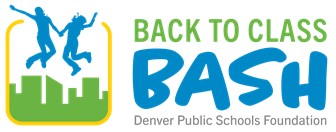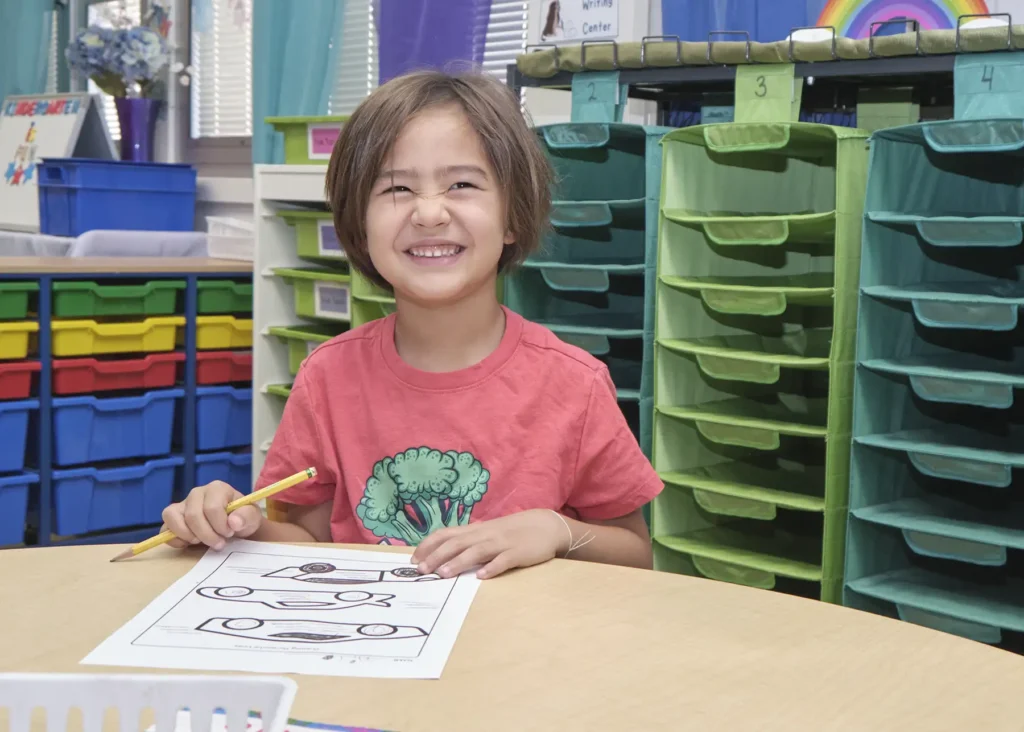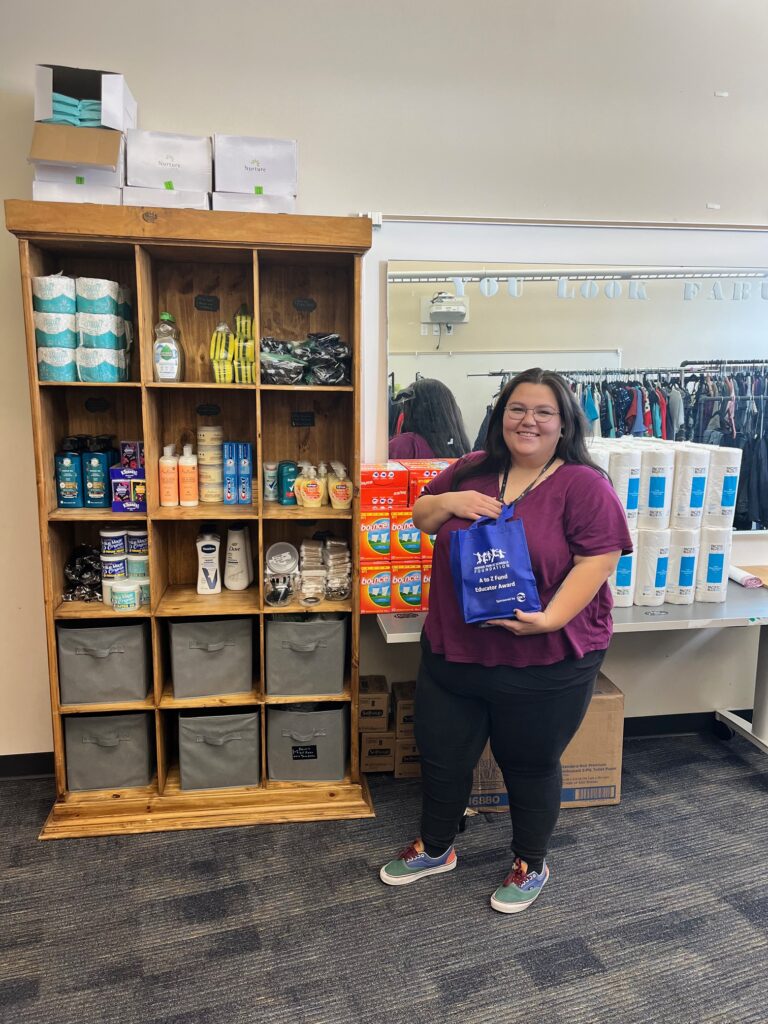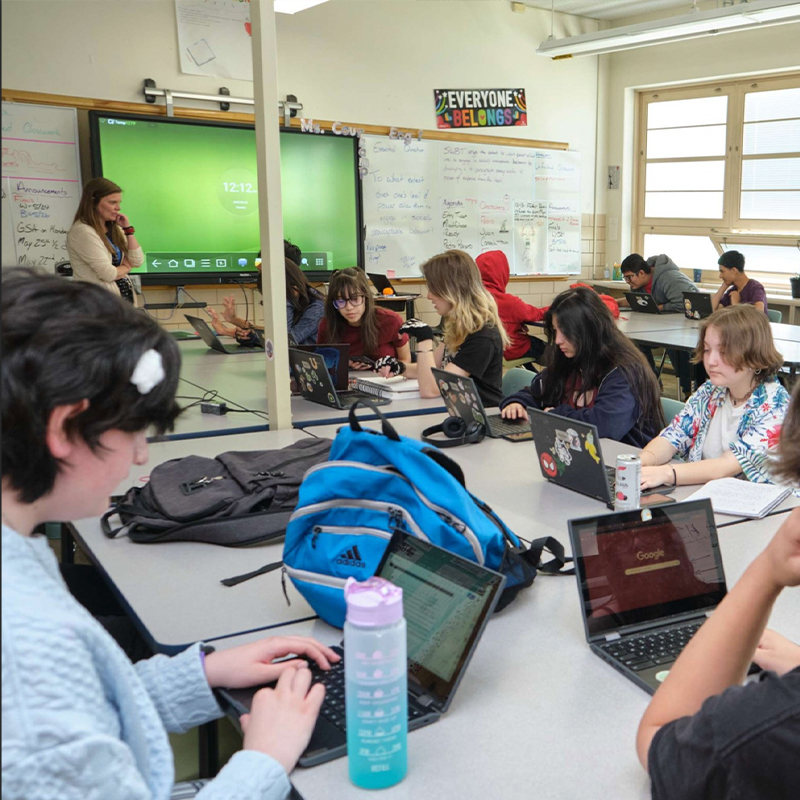I recently had the privilege of attending ComNet 2024 in Kansas City, and it was an incredibly impactful experience that highlighted an often overlooked but vital aspect of philanthropy: the power of storytelling. While much of our time together focused on the importance of transparency in the sector, one critical point stood out: storytelling is not just a tool for communication—it’s a fundamental way to build trust, create deeper connections, and demonstrate the true impact of philanthropic work.
The Public’s Perception of Philanthropy – The Issue of Trust
One of the key findings from the conference was that while Americans generally have a positive view of philanthropy, many still don’t fully understand its true value and impact. This gap presents a significant opportunity for us as communicators to step in and tell the stories that make the work of philanthropy both understandable and relatable.
Storytelling Creates Connection
Storytelling is how we can give voices, faces, and real perspectives to sometimes complex concepts, making them more relatable and emotionally resonant. It’s not just about outcomes, it’s about the lived experiences of those affected by our initiatives and programs: the educators, the students, the families, and the communities who are transformed.
At the DPS Foundation, we’ve seen first-hand how storytelling creates deeper, more meaningful connections with our supporters and the wider public. Whether we’re sharing a story about a classroom transformed by new resources from our A to Z Fund, or a broader initiative that’s helped students better prepare for a career or college, we know these stories humanize our work.
Transparency in philanthropy goes beyond sharing how funds are allocated—it’s about being open and honest about the full scope of our work. When we tell the real, unfiltered stories—whether about what has worked or what hasn’t—we show the public that we are accountable and committed to learning and growing. Being transparent can help others learn from our stories, so we can all gain understanding for our future work. Why not share valuable lessons learned and how pivots and initial hardships turned into opportunities?! By weaving in personal stories that capture the heart of our mission, we bring that context to life in a way that data and numbers alone cannot.
The Importance of Time and Patience
One of the most important points raised at the conference was that meaningful change often takes time. Philanthropy is not often a short game—it’s about being patient during the long game. This is where storytelling can play a pivotal role.
Whether it’s fighting for educational equity or addressing gaps in access to resources, change takes time. The impact, especially big long-term impact, may not always be immediately visible, and that’s something we need to communicate clearly. By sharing stories over time, our community feels more included along the way, understanding that sometimes the process can be slow and steady as we work towards systemic change.
Storytelling Means Accountability
A fear often expressed in philanthropy is that transparency—particularly about setbacks or challenges—might result in a loss of support or trust. However, in reality, embracing storytelling strengthens accountability. When we share not only our successes but the hurdles we’ve encountered and how we’re responding to them, we show that we’re committed to real, meaningful change—not just checking off boxes.
Philanthropy isn’t about giving away money; it’s about being strategic and utilizing partnerships and our unique, direct access to the district to best move the needle for students. Through storytelling, we invite others to join us in the journey, to see the gaps we’re working to close, and to become part of the solutions.
Storytelling Isn’t Just for Those Who Write
Storytelling can take on many forms. Whether a blog post or op-ed for those who really enjoy writing out their thoughts or perhaps have a deeper understanding and a topic they want to explore—or someone who creates a connection with a strong social media audience through a series of short posts—storytelling can be for everyone. And storytelling should take on many forms. As communicators, we know that not all readers receive information in the same way. Some might be more likely to watch a quick video while others like a hefty amount of information that they can sit with and digest. With that, it’s on the communicators to ensure their community can learn about our stories of impact in a variety of ways. Because it would be a shame to put a lot of time and effort into a story for no one to read it.
Conclusion: The Power of Transparent Storytelling
As we move forward, it’s clear that the future of philanthropy lies in building trust through transparent, authentic storytelling. Those who see storytelling as a key strategy, are in the best position to engage their communities, demonstrate impact, and build lasting relationships. It’s through these stories that we show our work in real-time—not just the polished outcomes, but the messy, ongoing process of creating change.
Storytelling isn’t just about telling the world what we’re doing, it’s about inviting the world into our journey. When we communicate openly, honestly, and with heart, we create deeper connections and a stronger foundation of trust so we can focus on creating real positive outcomes for students, educators, and families.
With that, I encourage all foundations and organizations to embrace the power of storytelling and be bold and brave in what you share. It’s through storytelling that we show true impact and amplify the voices of individuals in the community you serve.





